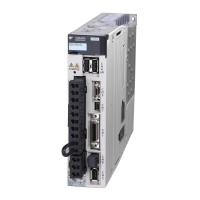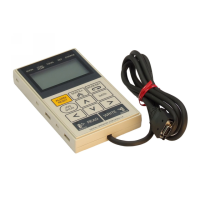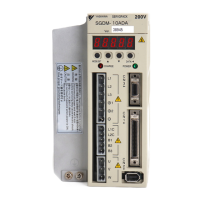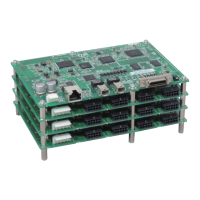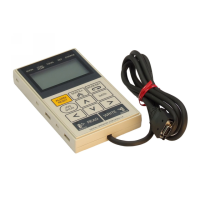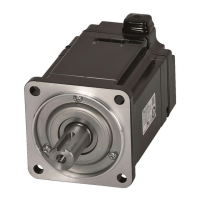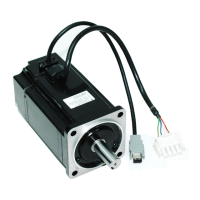4.7 Connecting Safety Function Signals
4.7.1 Pin Arrangement of Safety Function Signals (CN8)
4-46
4.7
Connecting Safety Function Signals
This section describes the wiring required to use a safety function.
Refer to the following chapter for details on the safety function.
Chapter 11 Safety Functions
4.7.1
Pin Arrangement of Safety Function Signals (CN8)
4.7.2
I/O Circuits
Safety Input Circuits
Use a 0-V common to connect the safety function signals. You must connect redundant input
signals.
Pin No. Signal Name Function
1 −
- (Do not use these pins because they are connected to internal circuits.)
2 −
3 /HWBB1-
Hard Wire Base Block Input 1
For a hard wire base block input. The
base block (motor power turned OFF)
is in effect when the signal is OFF.
4 /HWBB1+
5 /HWBB2-
Hard Wire Base Block Input 2
6 /HWBB2+
7 EDM1-
External Device Monitor Output
Turns ON when the /HWBB1 and the /
HWBB2 signals are input and the SER-
VOPACK enters a base block state.
8 EDM1+
For safety function signal connections, the input signal is the 0-V common and the output signal
is a source output. This is opposite to other signals described in this manual.
To avoid confusion, the ON and OFF status of signals for the safety function are defined as fol-
lows:
ON: The state in which the relay contacts are closed or the transistor is ON and current flows
into the signal line.
OFF: The state in which the relay contacts are open or the transistor is OFF and no current
flows into the signal line.
Input Signal Connection Example
24-V power supply
Switch
Fuse
/HWBB1+
4
3
/HWBB1-
/HWBB2+
/HWBB2-
4.7 kΩ
CN8
4.7 kΩ
SERVOPACK
6
5
4.7 kΩ
4.7 kΩ
0 V
Use a switch that has
low-current contacts.
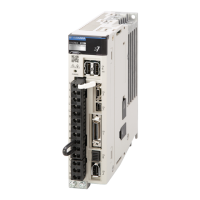
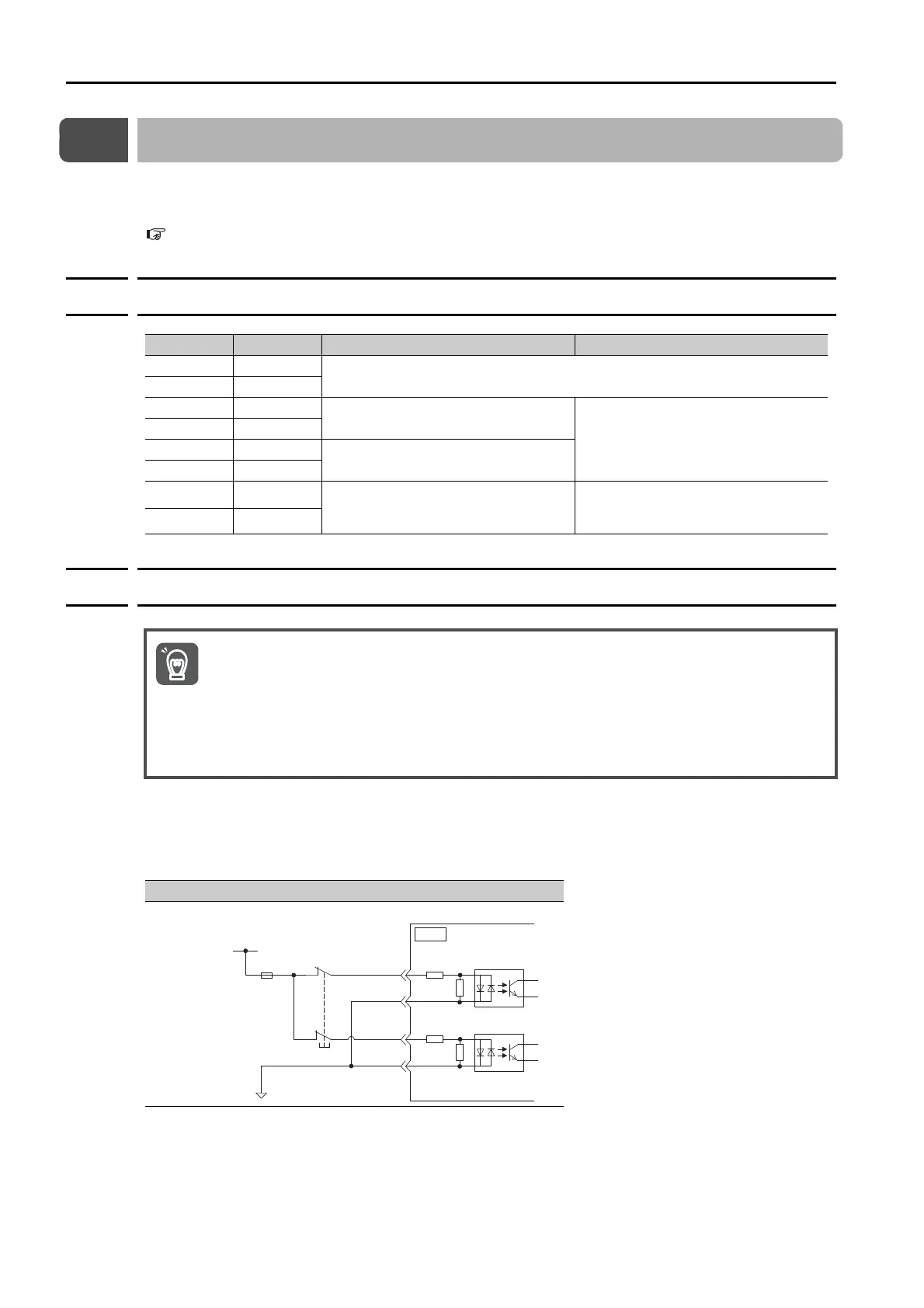